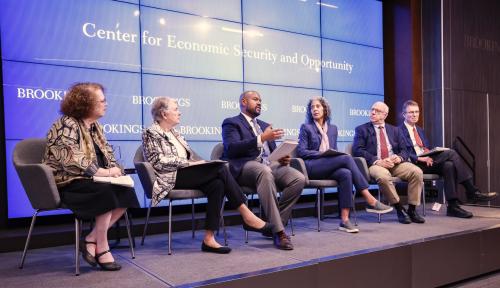Even in this era of growing cynicism and shriveling resources, local groups in many parts
of the country are determined to mobilize political will around achieving the tangible outcomes
that the public values. Individuals and organizations are forming coalitions and acting together
because they have found that fragmented, piecemeal, narrowly categorical approaches do not
achieve their goals.
But these groups are often stymied when they search for reliable and coherent
information about “what works” in order to improve specific outcomes. Much of the readily
available guidance focuses on the difficult processes of building partnerships, engaging
neighborhood residents, and developing new forms of governance. This is valuable information,
but very little guidance is available on the content of effective interventions. Community
coalitions may find agencies and interest groups that make a persuasive case for channeling
resources in their direction. Or they may be told, “Nobody knows what will work here. You
have to figure it out for yourself, because each community is unique,” as though having
information about what has worked elsewhere would deny each community’s uniqueness. If
they are persistent and sophisticated about where to look, community groups may find a
publication or policy analyst or academic source that tells them, “Yes, a few reliable studies have
indeed been done that document ‘what works,’ and these studies suggest a small number of
proven programs that you may want to try to replicate.”
The lack of a broad range of solid, readily accessible, coherent information about “what
works” to change community-wide outcomes is frustrating, not only to local activists, but also to
service providers, policy-makers, and funders. Those who have sought a few simple solutions
that can be defined and mandated from above have found that models parachuted into local
communities rarely succeed in the way the original, elegantly proven pilot project did.
Replications of successful programs may turn out to be diluted or distorted and without much
impact. Most funders, public and private, know that messy implementation efforts often
sabotage the best-laid designs. Even as they recognize that advocates who can rally political will
around a simple, unitary answer to a persistent problem get the most attention, they worry about
how short-lived the single-pronged, narrowly bounded solutions seem to be.


